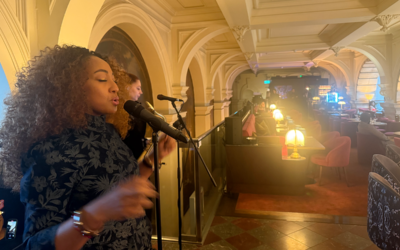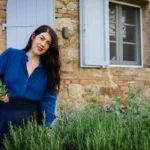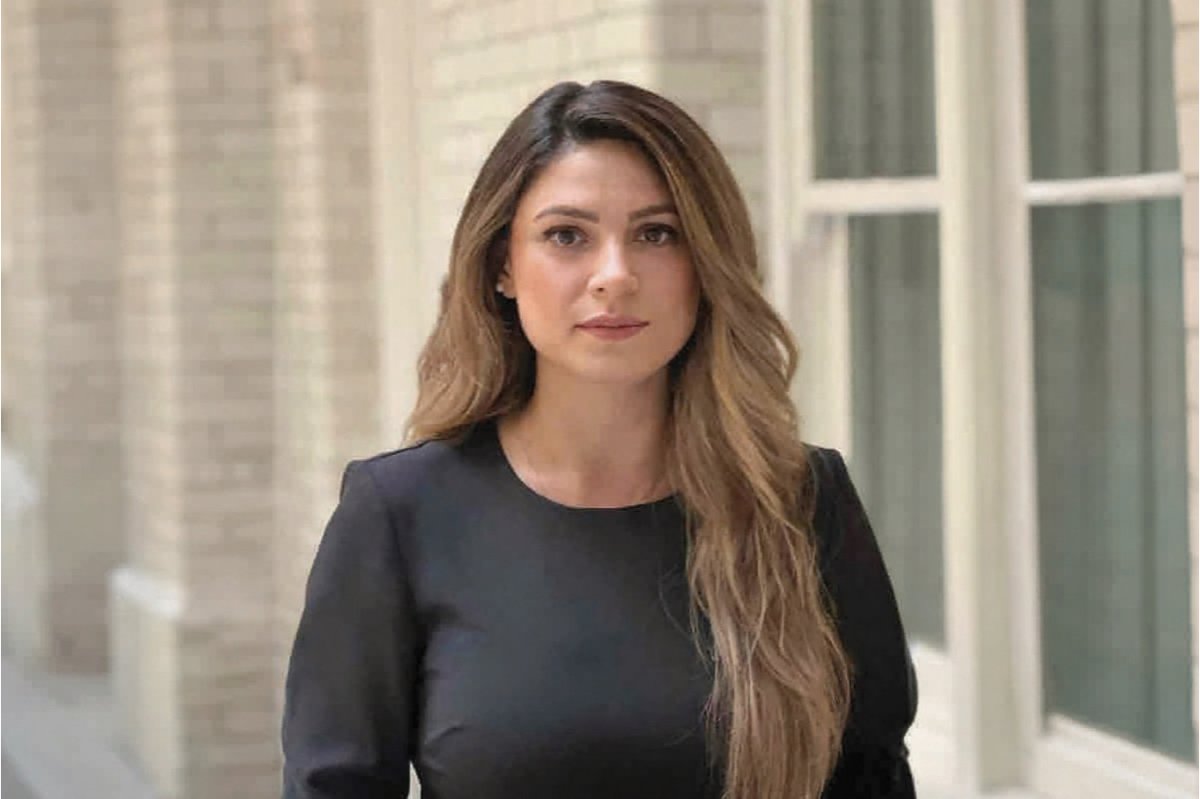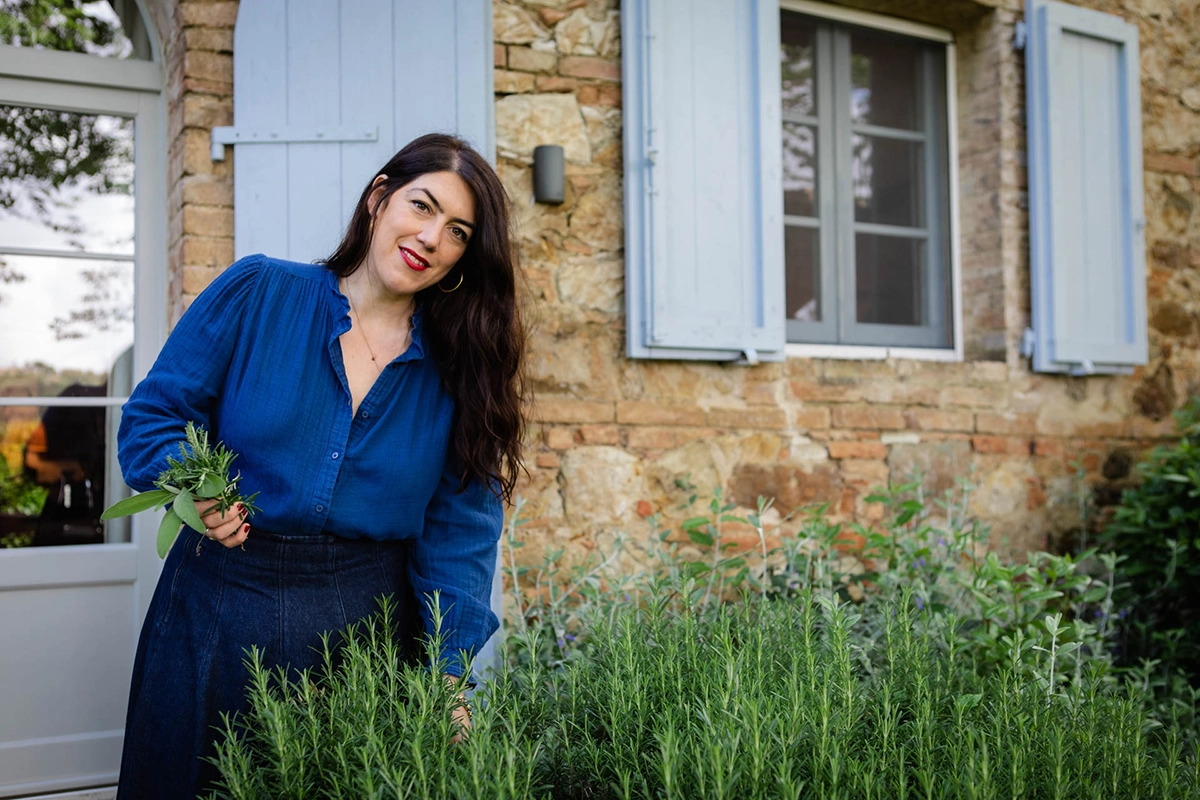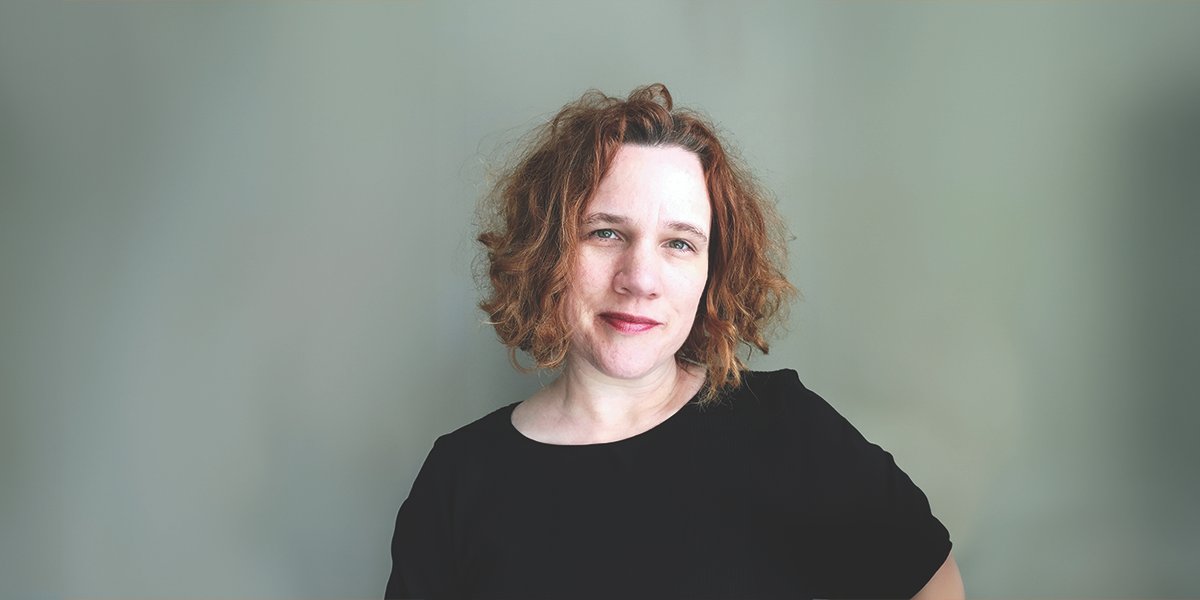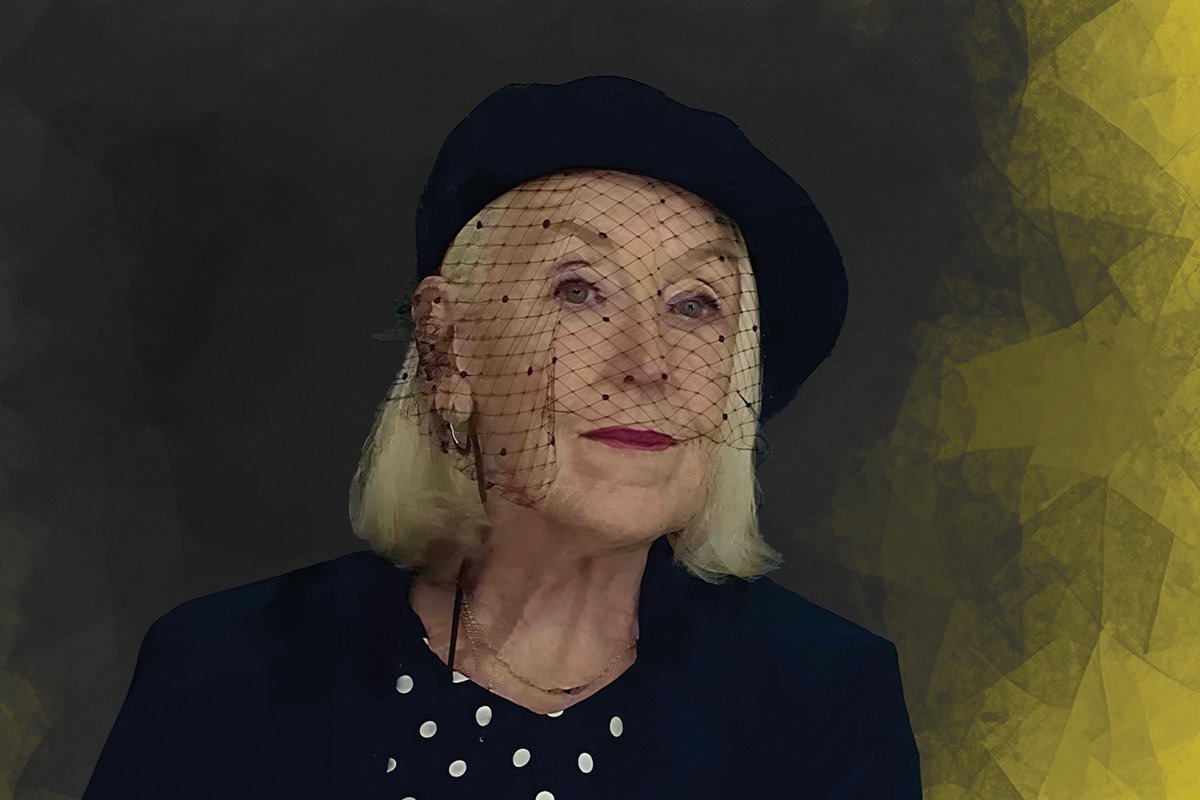How Sienna Martz creates art that critiques the excesses of modern consumerism while inspiring deeper connections with nature

Challenging Consumerism through Sculptural Beauty
Sienna Martz discusses her sustainable art practice, blending traditional textile techniques with alternative materials, and how her work reflects environmental consciousness while resonating with global audiences across various cultural landscapes.
In the vibrant world of contemporary art, few voices resonate as powerfully as that of Sienna Martz. An internationally recognized sculptor and fiber artist, Sienna has carved a unique niche by intertwining traditional textile techniques with innovative material manipulation. Her commitment to sustainability shines through in every piece, as she artfully transforms plant-based, recycled, and upcycled materials into stunning works that challenge the norms of consumerism and the excesses of modern life. Each sculpture is not merely an object of beauty; it is a statement, a call to action, and a reflection of her deep-rooted ecological conscience.
Sienna’s work has graced galleries and museums across the globe, from the bustling streets of New York City to the historic avenues of Rome. Her ability to engage with diverse audiences speaks to the universal themes of nature and sustainability that permeate her art. By merging aesthetic beauty with a gentle form of activism, she invites viewers to reconsider their relationship with the environment and the impact of their choices. As she continues to push the boundaries of her medium, Sienna Martz stands as a beacon of inspiration, reminding us that art can be both beautiful and transformative. In this exclusive interview with Mosaci Digest Magazine, we delve into the mind of this remarkable artist, exploring her creative process, her commitment to sustainability, and the profound messages woven into her work.
Sustainability is a key element in your work. How do you go about sourcing eco-friendly and upcycled materials for your sculptures, and how does this impact your creative process?
As an eco-conscious artist, sourcing materials is a dedicated practice in a world where most readily available supplies are often unsustainable. Depending on the art piece, I love sourcing secondhand clothing and fabrics at local thrift stores. Beyond that, I scour the internet searching for the most sustainable alternatives to common materials like organic kapok fiber instead of polyester stuffing, organic cotton instead of conventional cotton, and bamboo felt instead of wool felt. The plant fibers I choose to work with are incredibly high-quality which elevates my work. When working with secondhand fabrics, often the variety of woven textures and color palettes that come together while I source these supplies will help dictate how the artwork comes to life.
Your sculptures explore the adaptability of nature while critiquing unsustainable practices, especially in the textile industry. How do you balance aesthetic beauty with activism in your pieces?
I like to describe my work as a gentle form of activism. The artist in me has a primal desire to create beautiful works of art relating to nature that are both inviting and inspiring. And the activist in me has the desire to use my artistic voice as a means to encourage a more sustainable and ethical world.
Your work has been exhibited globally, from Berlin to Seoul. How do you think your sculptures resonate with audiences across different cultures, particularly in relation to environmental consciousness?
My hope is that viewers will reimagine the role of art in society, positioning my work not just as an object of beauty but as a catalyst for cultural transformation and sustainable thinking. However, since my artwork does not always visually convey concerns about climate change, animal welfare, and overconsumption viewers may not always make these connections. But because my work mimics organic and abstract forms, my work inevitably provokes thought and a kinship with the natural world regardless of the audience because we, as humans, have an innate curiosity when it comes to the natural world.
You employ both traditional textile techniques and alternative material manipulation in your sculptures. Can you describe how you merge these techniques, and what drew you to explore fiber as your primary medium?
My training in fiber arts was generally rooted in contemporary, alternative exploration rather than traditional approaches. While I learned techniques such as machine sewing and fabric dying, my mentors encouraged me to think outside of tradition and develop my own techniques of sculpting with fibers. I’ve always been drawn to the softness of fibers and its forgiving nature. This medium has allowed me to explore my fascination with nature through an abstract and vibrant lens.
As an artist dedicated to challenging consumerism and excess, how do you navigate the commercial art world while staying true to your ecological principles?
As an artist emerging within a digital culture, I’ve found utilizing commercial art forms such as social media has tremendously helped me grow my profession. I’ve spent years establishing my Instagram account and as a result, I have a devoted community of fellow artists and collectors who can follow and support my artistic journey. This platform has allowed me to share my ecological principles and bring more awareness to issues such as climate change, the textile waste crisis, and so on.
Your works are often described as inspired by the geometry of biology. Can you elaborate on how the natural world informs the textures, shapes, and colors in your art?
I have a deep fascination with how cells and organisms are formed through patterns and replication. I often use the transformative power of replication of a single form to create my sculptural pieces – building, layering, and structuring my work into something unexpected and quite fascinating.
Photp Credit: Joy Masi

